What Contractors Are Really Saying About Modern HPMC in Plaster
If you’ve been on a site lately, you’ve heard the same refrain: keep the trowel feel consistent, stop the burn, and don’t let the wall drink all the water. One material keeps popping up in toolbox talk—Construction Grade Hydroxypropyl Methyl Cellulose Hpmc Used For Plaster Additive. It’s a mouthful, I know. But the field results are hard to ignore.
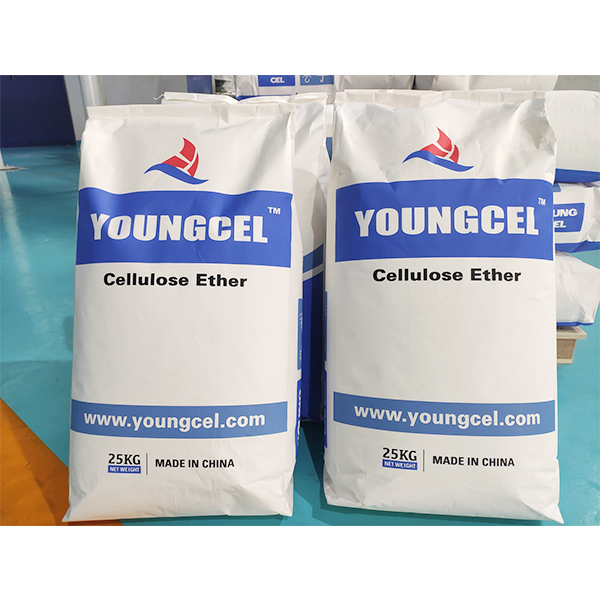
Why HPMC Is Trending in Gypsum and Cement Plasters
Across Asia and the EU, dry-mix producers are dialing in polymer blends to stabilize machine-spray and hand-applied plasters. The push is simple: better water retention, longer open time, cleaner edges. In fact, many customers say HPMC is the difference between a rushed finish and a clean, low-snag pull. The product here is a gypsum-grade, chemical auxiliary agent (CAS 9004-65-3) used as thickener, stabilizer, and water-retention aid—officially classified as “HPMC,” but on site, it’s just the “cellulose.”
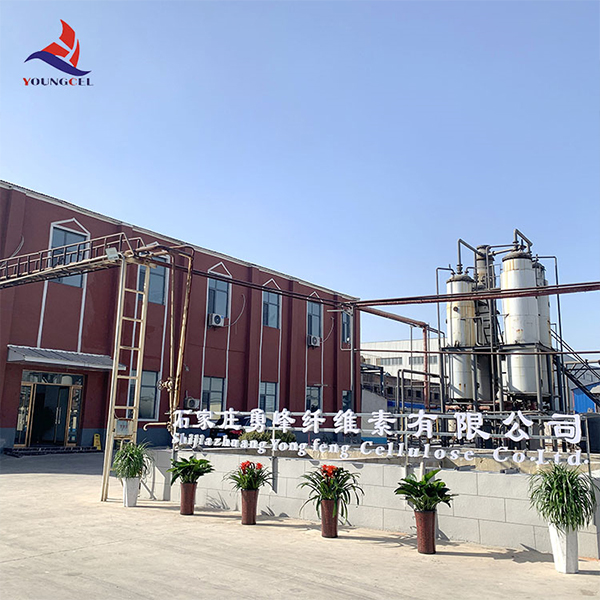
Typical Specifications (lab values; real-world use may vary)
| Appearance | White to off-white powder |
| Viscosity (2% Brookfield, 20°C) | ≈ 40,000–200,000 mPa·s (customizable grades) |
| Methoxy / Hydroxypropoxy | ≈ 19–24% / 4–12% |
| Moisture | ≤ 5% |
| pH (1% solution) | 6.0–8.5 |
| Residue on 80 mesh | ≤ 5% |
| Water retention (in mortar) | ≥ 95% |
| Recommended dosage | 0.15–0.45% of binder |
Origin: No.1 Shifu East Road, Gaocheng District, Shijiazhuang, Hebei, China. To be honest, sourcing near Hebei’s dry-mix corridor helps on consistency.
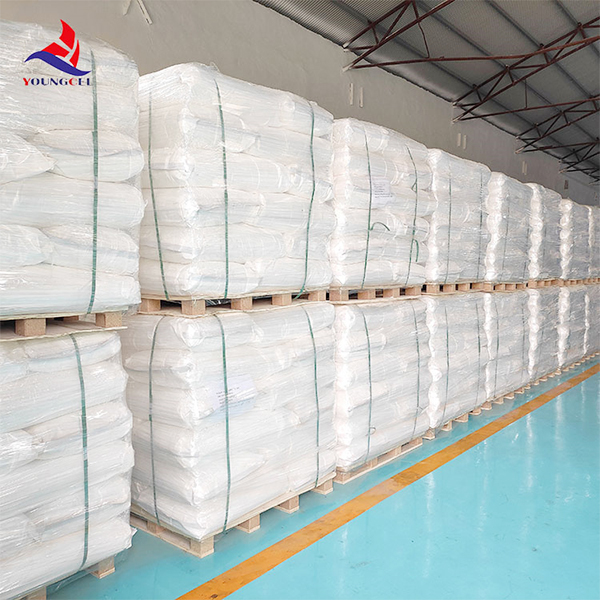
Where It Performs
- Gypsum plaster and skim coats (manual or machine spray)
- Lime-cement renders, repair mortars, and putties
- Self-leveling underlayments (low-viscosity grades)
- Tile adhesives and EIFS basecoats (select grades)
Construction Grade Hydroxypropyl Methyl Cellulose Hpmc Used For Plaster Additive improves trowelability, reduces sag, and keeps water where hydration needs it. I guess that’s why snag lists get shorter.
Process Flow and Testing
Materials: refined cellulose → etherification (MeO/PO) → neutralization → washing → drying → milling → QA. Methods follow Brookfield LV for viscosity; gypsum/plaster performance by EN 13279-1 and ASTM C472; setting time check via ASTM C266. Service life: product shelf-life ≈ 24 months sealed; in mortar, open time extension commonly +10–25 minutes depending on climate and mix.
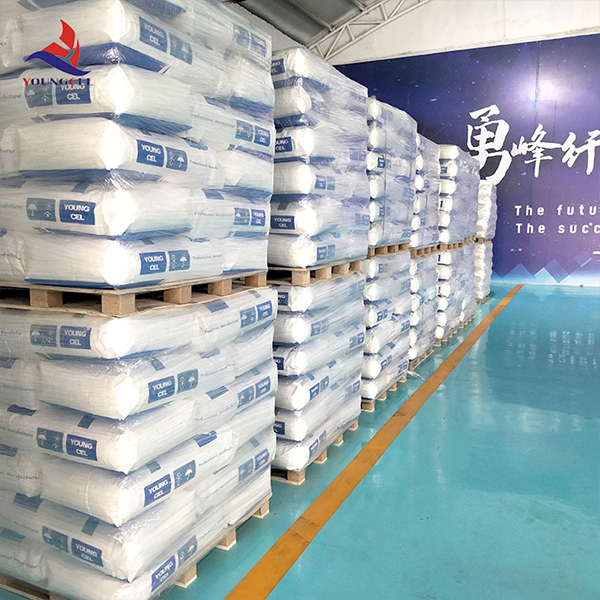
Vendor Snapshot: Choosing a Reliable Source
| Criteria | Youngcel (Hebei) | Supplier A | Supplier B |
|---|---|---|---|
| Viscosity options | Wide (40k–200k mPa·s) | Medium | Limited |
| Water retention | ≥95% (typical) | ≈92% | ≈90% |
| Certifications | ISO 9001, ISO 14001, REACH | ISO 9001 | — |
| Customization | Particle size, viscosity, surface treatment | Basic | Fixed grades |
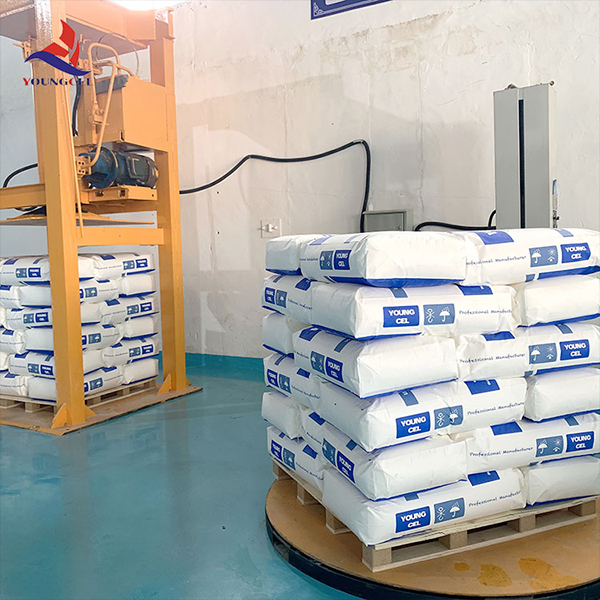
Customization and Real-World Results
Customization is honestly where this shines: producers tune viscosity to match spray rigs; fine milling improves dispersibility; surface treatment reduces lumping. Two quick case notes:
- Skim coat line, SE Asia: water retention improved from 88% → 97%; rework calls dropped ≈ 22% over three months.
- Base render in hot climate: open time +18 min; edge cracking reports “rare” per QA log. Sag index down ≈ 30%.
Users say mixing feels faster and more forgiving. Not magic—just consistent cellulose chemistry working with gypsum hydration.
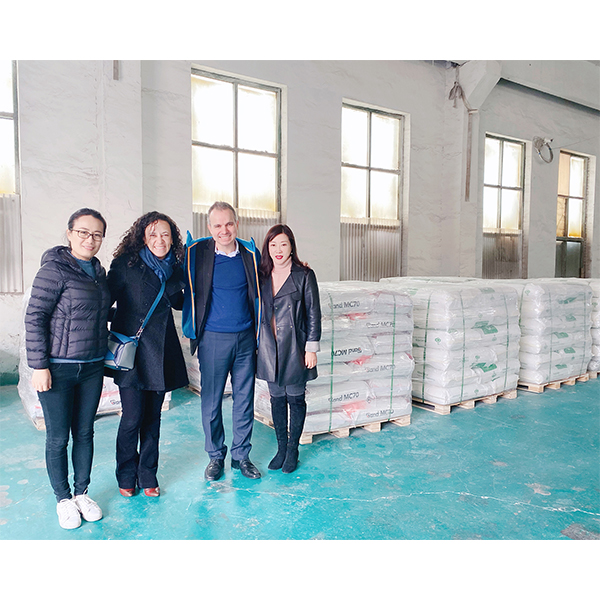
If you’re qualifying materials, ask for batch CoAs, Brookfield curves, and EN 13279-1 plaster tests. And yes, specify Construction Grade Hydroxypropyl Methyl Cellulose Hpmc Used For Plaster Additive by viscosity and dosage window in your datasheet to keep crews—and finishes—happy.
Citations
- EN 13279-1: Gypsum binders and gypsum plasters—Definitions and requirements.
- ASTM C472: Standard Test Methods for Physical Testing of Gypsum Plasters and Gypsum Concrete.
- EN 998-1: Specification for mortar for masonry—Rendering and plastering mortar.
- ISO 9001:2015 Quality management systems—Requirements.
-
Understanding Methyl 2 Hydroxyethyl Cellulose: Uses, Benefits & Industry InsightsNewsNov.24,2025
-
Hydroxyethyl Methyl Cellulose HEMC: Industrial Uses, Benefits & Future TrendsNewsNov.23,2025
-
HEMC Cellulose: Versatile & Sustainable Industrial Polymer | YoungcelNewsNov.23,2025
-
Methyl Hydroxyethyl Cellulose: Versatile Building Block for Industry & SustainabilityNewsNov.23,2025
-
CAS 9032 42 2: Understanding Polyvinyl Alcohol's Impact on Industry & SustainabilityNewsNov.22,2025
-
Hydroxyethyl Methyl Cellulose: Versatile Solutions for Modern Industry and SustainabilityNewsNov.22,2025




